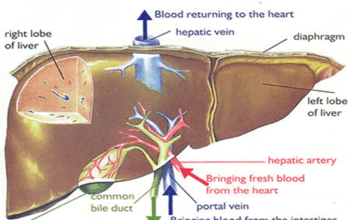Vitamin D plays a crucial role in maintaining overall health, yet millions of people worldwide suffer from its deficiency. Often called the “sunshine vitamin,” this essential nutrient is fundamental to bone health, immune function, and numerous bodily processes. Understanding the causes, symptoms, and potential diseases associated with vitamin D deficiency can help individuals take proactive steps to protect their health.
Understanding Vitamin D: More Than Just a Vitamin
Vitamin D is unique among vitamins because it functions like a hormone in the body. There are two primary forms: vitamin D3 (cholecalciferol), which is produced by skin exposure to sunlight, and vitamin D2 (ergocalciferol), typically found in fortified foods and supplements. The body uses vitamin D to regulate calcium and phosphorus absorption, which are critical for maintaining strong bones and supporting muscle function.
What Causes Vitamin D Deficiency?
Several factors contribute to low vitamin D levels:
- Limited sun exposure, especially in northern latitudes
- Consistent use of sunblock or protective clothing
- Dark skin pigmentation, which reduces vitamin D synthesis
- Obesity
- Certain medical conditions like Crohn’s disease and celiac disease
- Liver or kidney diseases
- Advanced age
Recognizing the Symptoms
Vitamin D deficiency can manifest differently across age groups. In children, symptoms might include:
- Soft or deformed bone structure
- Delayed tooth development
- Muscle weakness
- Bow-legged appearance
Adults may experience more subtle symptoms such as:
- Persistent fatigue
- Generalized muscle and bone pain
- Increased susceptibility to infections
- Mood changes
Serious Diseases Linked to Vitamin D Deficiency
Prolonged vitamin D deficiency can lead to several serious health conditions:
1. Rickets in Children
A severe condition causing soft and weak bones, rickets can result in permanent skeletal deformities. Children with rickets may develop bowed legs, stunted growth, and increased fracture risk.
2. Osteomalacia in Adults
Similar to rickets but occurring in adults, osteomalacia causes bone softening and increased fracture vulnerability. Patients often experience widespread bone pain and muscle weakness.
3. Osteoporosis
Chronic vitamin D deficiency can accelerate bone density loss, leading to osteoporosis. This condition significantly increases the risk of fragility fractures, particularly in older adults.
Prevention and Treatment Strategies
Addressing vitamin D deficiency involves multiple approaches:
- Regular, moderate sun exposure
- Consuming vitamin D-rich foods like fatty fish, egg yolks, and fortified dairy products
- Taking vitamin D supplements (preferably D3)
- Regular blood tests to monitor vitamin D levels
When to Seek Medical Advice
Consult a healthcare professional if you experience persistent symptoms or belong to high-risk groups. A simple blood test can determine your vitamin D levels, and your doctor can recommend appropriate supplementation.
Conclusion
Vitamin D deficiency is a widespread yet often overlooked health issue. By understanding its causes, recognizing symptoms, and taking proactive measures, individuals can protect themselves from potential long-term health complications. Regular monitoring, balanced nutrition, and sensible sun exposure are key to maintaining optimal vitamin D levels.

![11 Shocking Diseases Caused by Vitamin D Deficiency [Must Know]](https://grandmaremedy.net/wp-content/uploads/2025/01/11-Shocking-Diseases-Caused-by-Vitamin-D-Deficiency-Must-Know-1170x878.jpeg)




